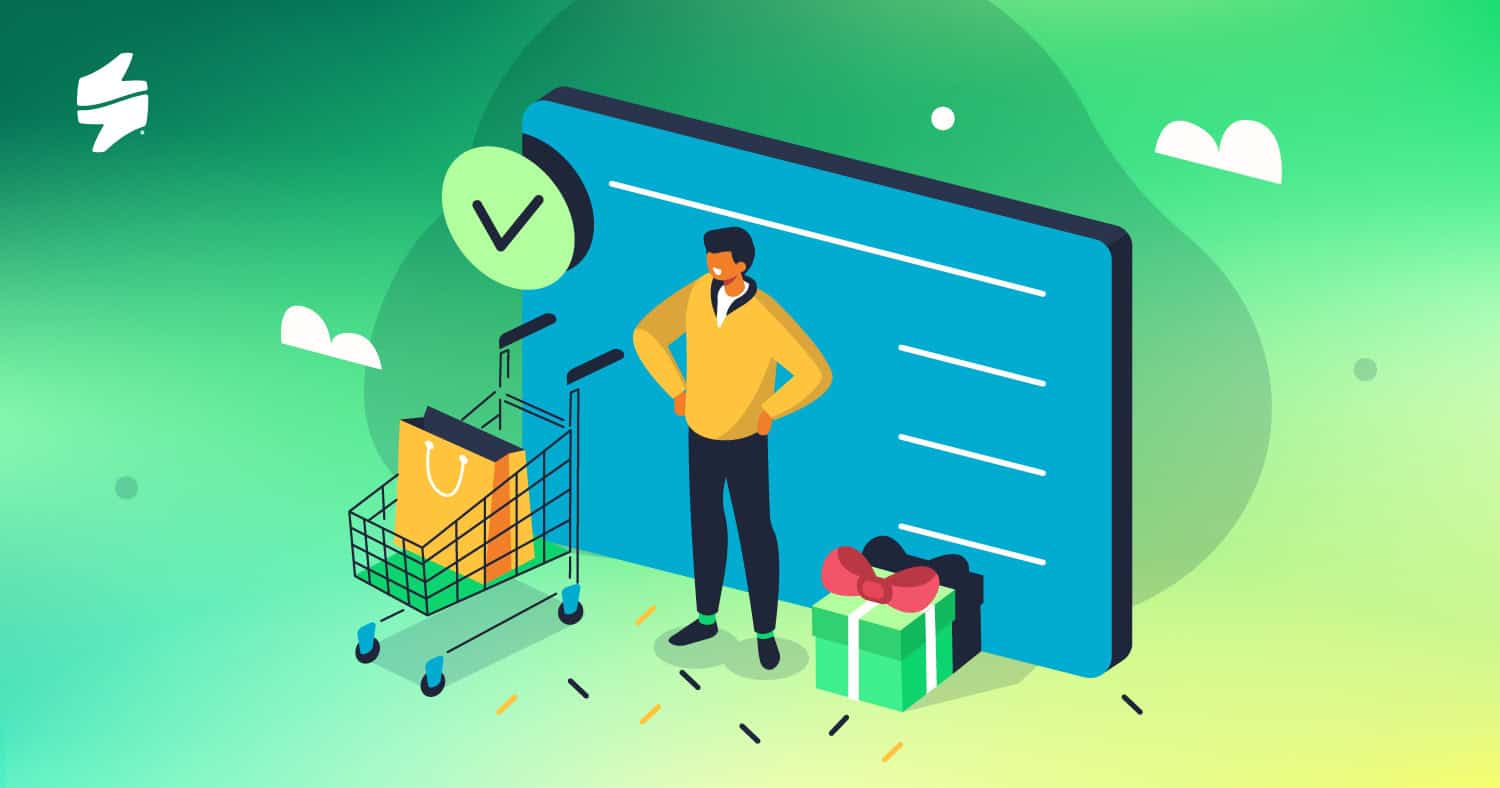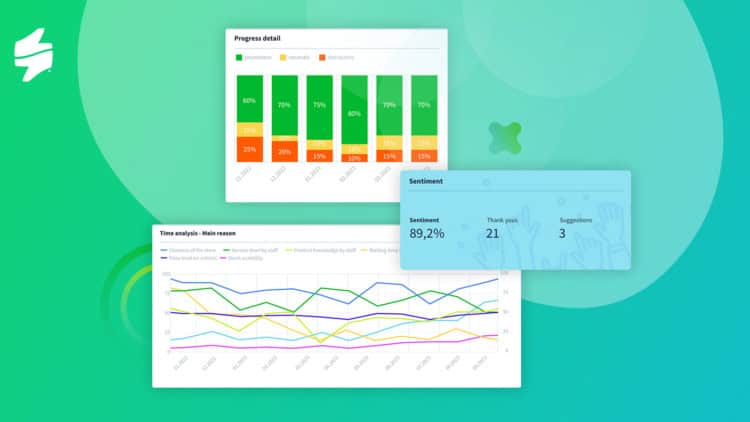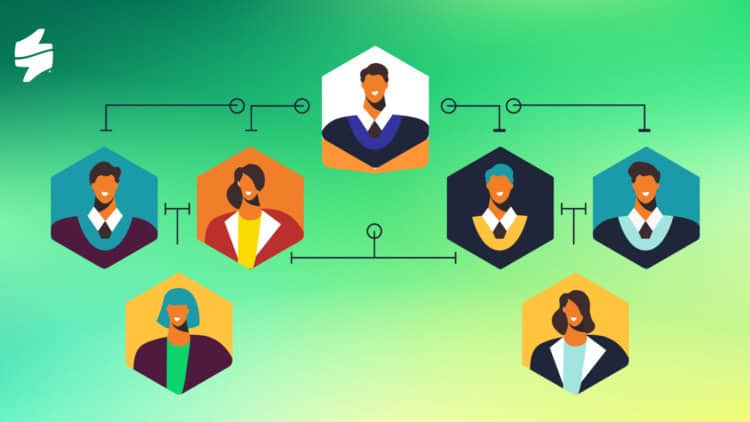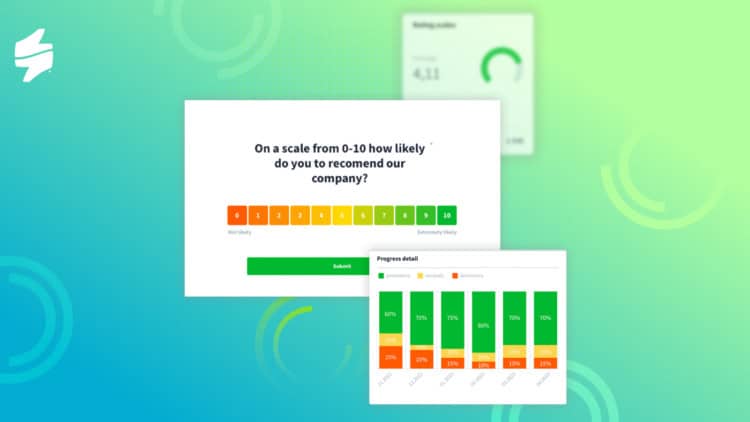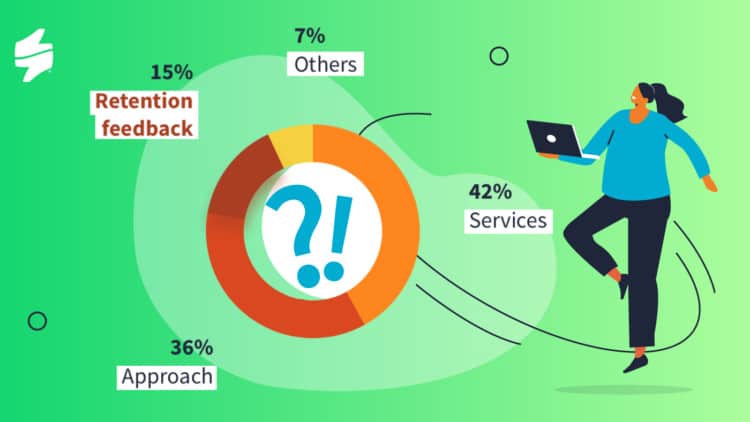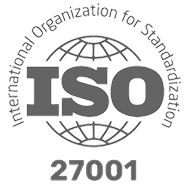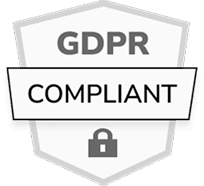Customer expectations are evolving rapidly, and businesses that fail to prioritise customer experience (CX) risk falling behind. A CX program is a structured approach to managing and improving customer interactions across all touchpoints, ensuring satisfaction, loyalty, and long-term success. But what is a CX program exactly, and how can organisations build one that delivers real business impact?

In this article, we’ll explore the key components of a CX program, what does a customer experience manager do to maintain its effectiveness, and best practices for customer experience mapping and strategy execution.
What Is a CX Program?
A CX program, or customer experience program, is a structured framework that organisations use to measure, analyse, and enhance every aspect of the customer journey and experience.
It involves collecting customer feedback, identifying pain points, and implementing strategies to improve interactions at every stage of the customer journey theory—from awareness and consideration to purchase and loyalty.
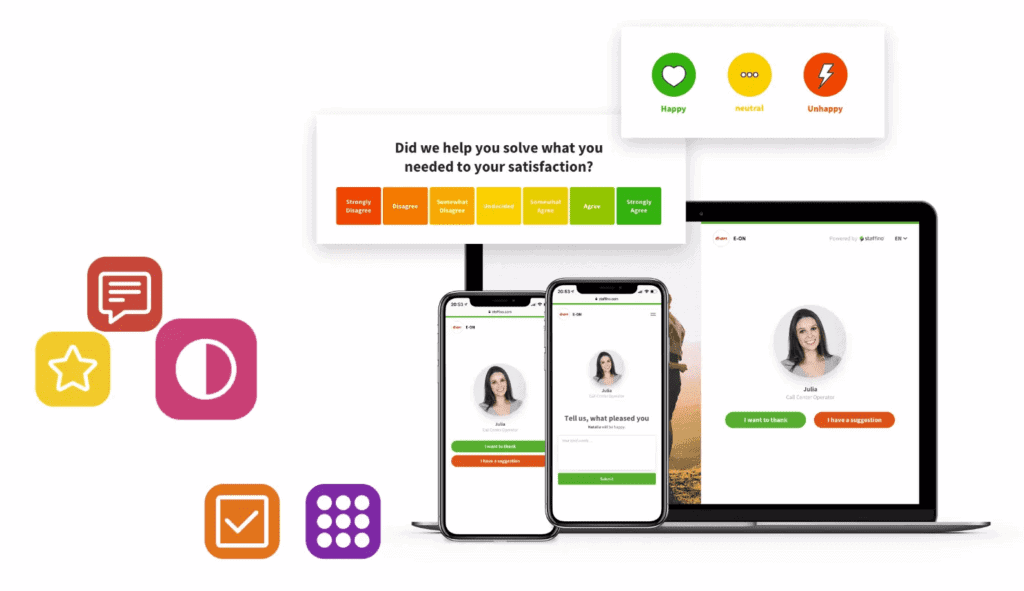
Unlike one-off customer service improvements, a CX program is continuous and data-driven, ensuring long-term enhancements in service quality, engagement, and brand perception.
What Does a Customer Experience Manager Do?
A customer experience manager (CX manager) is responsible for overseeing the CX program, ensuring that customer insights translate into actionable improvements. Their role includes:
- Developing and executing CX strategies aligned with business objectives
- Analysing customer feedback through surveys, reviews, and support interactions
- Implementing customer experience mapping to understand pain points and optimise touchpoints
- Collaborating with different departments (marketing, sales, customer service) to improve overall CX
- Driving employee recognition programs that motivate frontline employees to deliver exceptional service
CX managers play a crucial role in ensuring that CX operations remain customer-centric, measurable, and continuously evolving.
Key Elements of a Successful CX Program
To build an effective CX program, you need to focus on several core elements:
1. Customer Journey and Experience Mapping
Before improving CX, businesses must first understand the customer journey. Customer experience mapping is a process that visualises every step a customer takes when interacting with a company.
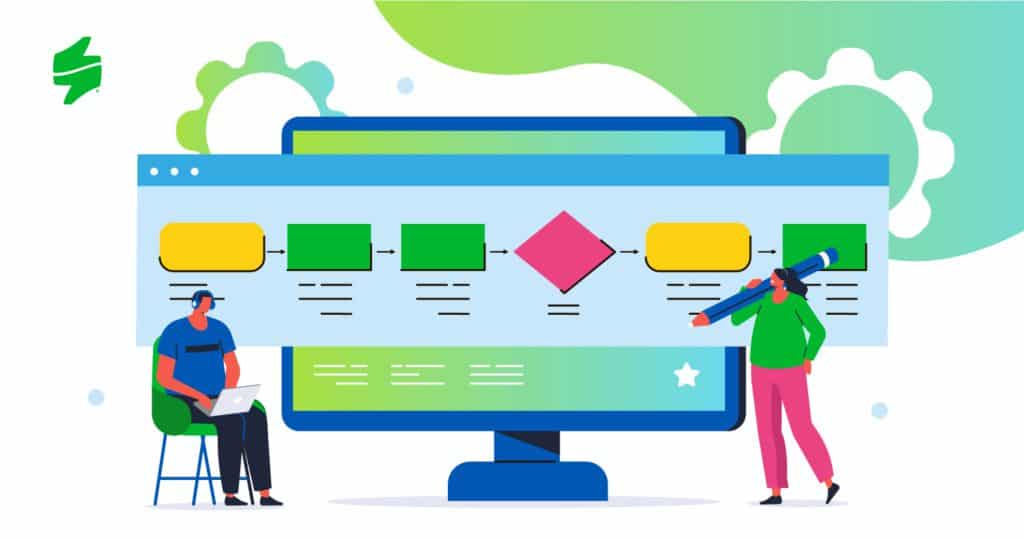
How to map the customer journey:
- Identify all touchpoints (website visits, customer support calls, in-store interactions, etc.)
- Gather CX feedback at each stage to pinpoint pain points
- Use analytics and customer surveys to measure satisfaction levels
- Adjust processes to create a seamless, frustration-free experience
For example, an e-commerce company might discover that customers abandon their shopping carts due to complex checkout processes. By streamlining checkout, they enhance the overall experience and increase conversions.
2. Implementing Customer Feedback Loops
A successful CX program relies on continuous feedback collection and action. You should use transactional customer satisfaction surveys, NPS and CSAT to understand how customers feel about their experiences.
However, collecting data isn’t enough—one must also act on feedback. This is where CX operations come in, ensuring that insights lead to real improvements. This process is also known as closing the loop.
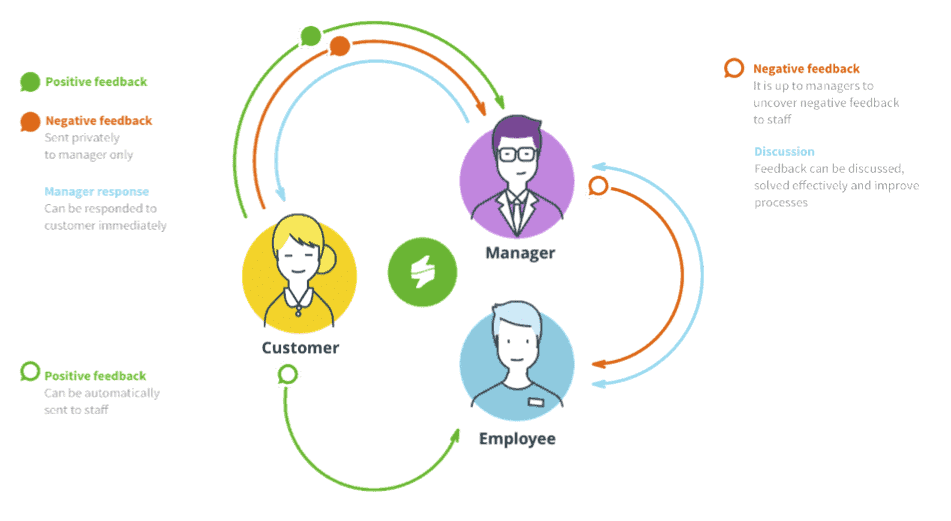
Example: A telecom company might notice frequent complaints about long call wait times. By implementing an AI response generator, they reduce agent workload and improve response times, leading to better customer satisfaction.
3. Employee Recognition and Engagement
CX programs don’t just impact customers—they also motivate and empower employees. Recognising and rewarding frontline employees for outstanding service encourages better performance and a more customer-centric culture.
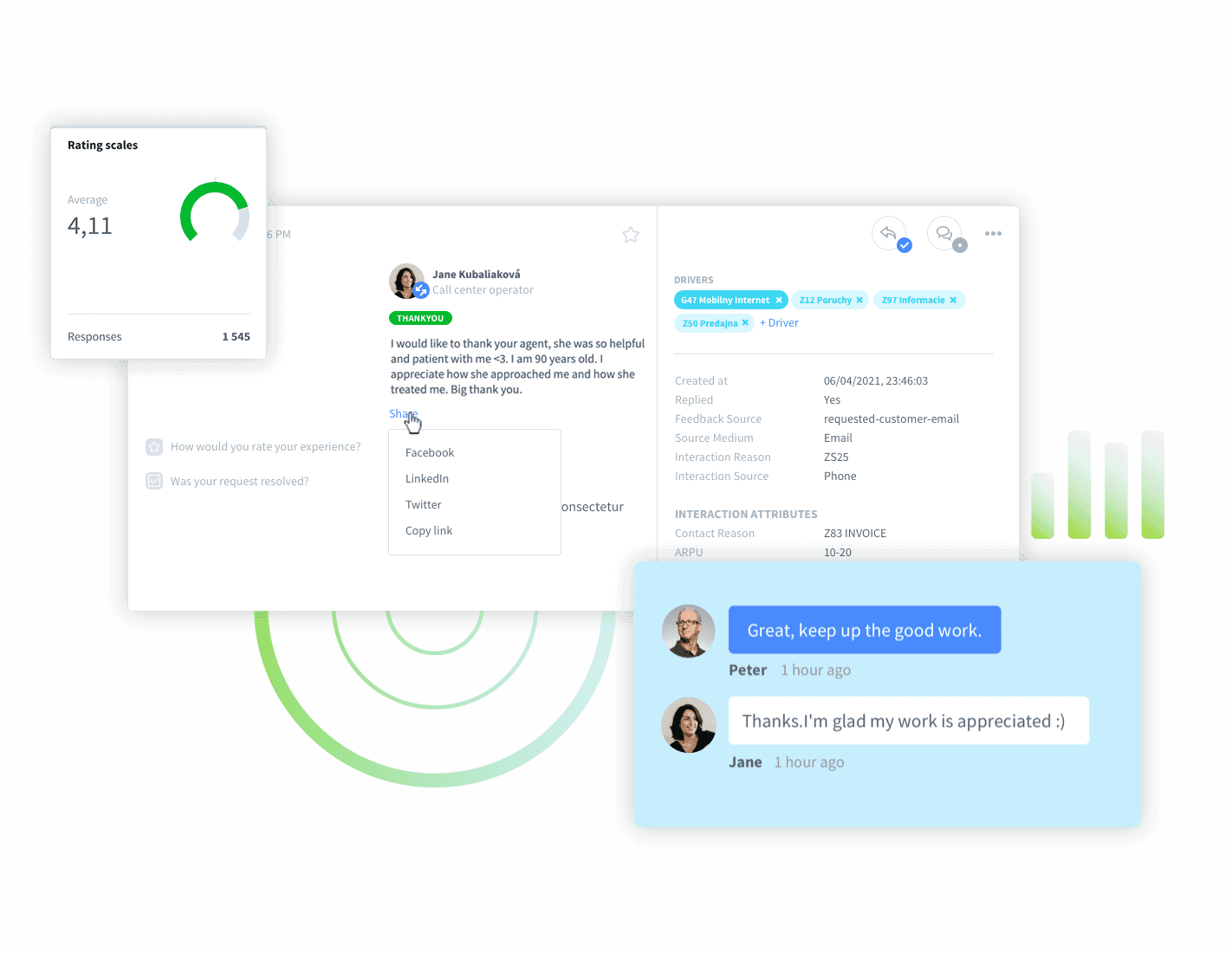
Best practices for employee recognition in CX:
- Implement rewards and recognition programs for top-performing agents (bonuses, extra time off, public recognition)
- Use peer recognition platforms where employees can acknowledge colleagues for great service
- Provide continuous training to develop CX skills and expertise
When employees feel valued, they’re more likely to go the extra mile in delivering exceptional customer experiences.
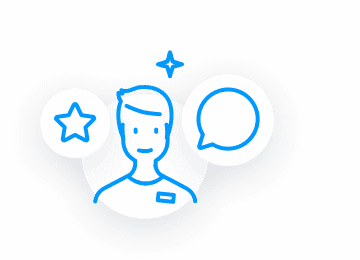
Give Your Employees the Recognition and Motivation They Deserve
Does your team need a little extra motivation? Our platform provides powerful insights into your team’s performance and various recognition tools that help ensure everyone feels appreciated.
4. Choosing the Right Customer Experience Management Companies and Tools
Many organisations partner with customer experience management companies or leverage CX technology to optimise their programs. These tools help automate feedback collection, provide AI-driven insights, and track CX performance metrics.

Top CX tools and platforms:
- Staffino – Customer feedback and engagement platform with real-time AI analytics
- Medallia – AI-powered customer and employee experience platform
- Qualtrics – Advanced survey and CX analytics tool
- Zendesk – Customer support and ticketing system with integrated feedback solutions
Using data-driven CX tools, you can identify trends, track improvements, and optimise customer touchpoints effectively.
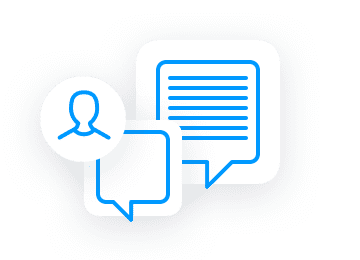
Experience Management Made Smart
Boost your business performance with Staffino – the ultimate platform to deliver unique experiences for your customers and employees.
5. Measuring CX Success and Continuous Improvement
A CX program is never finished—it must evolve based on customer needs, market trends, and business growth. You should track CX performance regularly using key customer experience metrics such as:
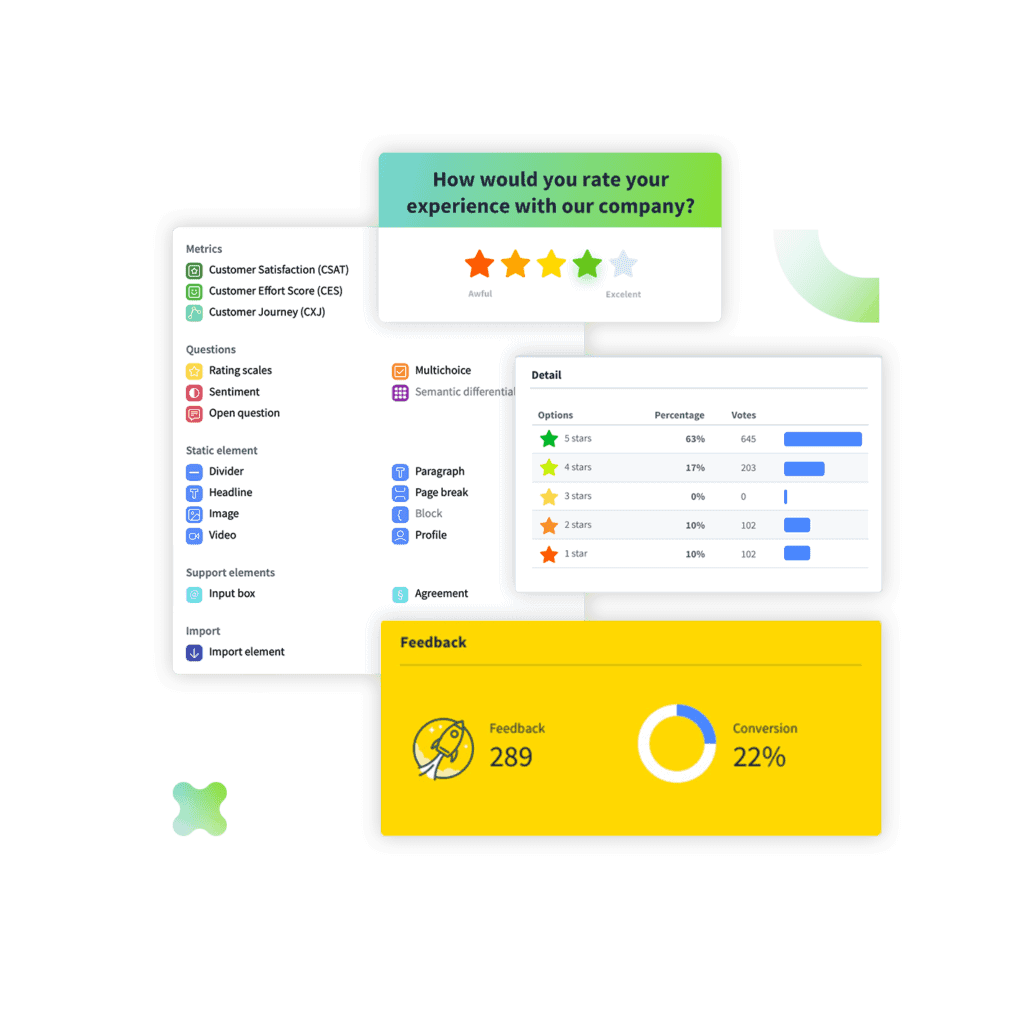
- Customer Satisfaction Score (CSAT) – Measures immediate customer satisfaction after an interaction
- Net Promoter Score (NPS) – Measures customer loyalty and likelihood of recommending the brand
- Customer Effort Score (CES) – Evaluates how easy it is for customers to get their issues resolved
For example, if NPS scores drop after a policy change, it signals that the new approach may be frustrating customers, prompting a need for revision.
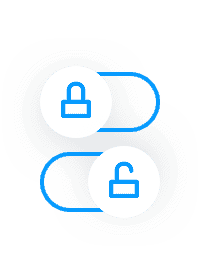
Boost Customer Experience with NPS, CSAT & CES
Get the most accurate and actionable insights into your customer satisfaction with Staffino's CX metrics. With automated surveys and effective reporting, you can quickly gain valuable insights into your customer journey.
How to Build a CX Program in 5 Steps
Let’s summarise the key elements by outlining 5 steps to build an effective customer experience program:
STEP 1: Define CX goals – Determine what you want to achieve (higher retention, improved satisfaction, stronger brand loyalty).
STEP 2: Collect and analyse customer data – Use CX surveys, reviews, and AI-driven analytics to understand customer expectations.
STEP 3: Map the customer journey – Identify pain points and areas for improvement through customer experience mapping.
STEP 4: Train and recognise employees – Invest in employee recognition programs to ensure frontline teams are engaged and motivated.
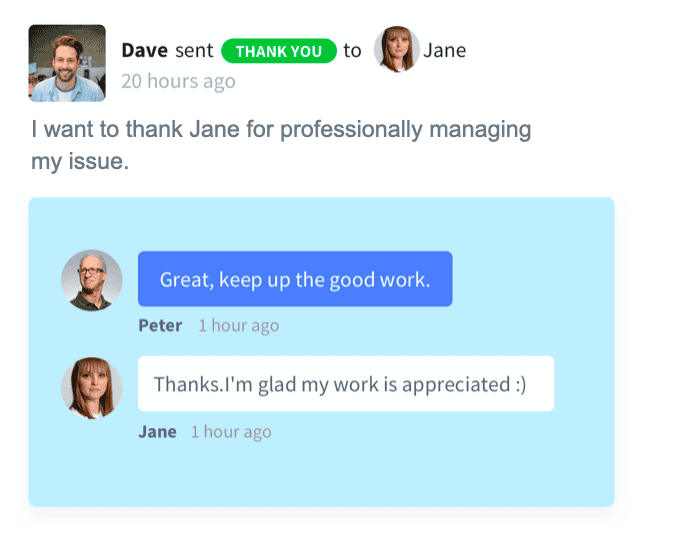
STEP 5: Monitor and adapt – Track CX performance metrics and continuously refine strategies based on real-time insights.
By following these steps, you can develop a scalable, customer-centric CX program that drives long-term success.
Start Building a Successful CX Program Today with Staffino!
A well-designed CX program is not just a strategy—it’s a commitment to delivering consistent, high-quality customer experiences. By leveraging customer journey theory, feedback loops, employee recognition, and advanced, AI-driven CX tools, you can create a framework that boosts satisfaction, retention, and brand loyalty.
Companies that invest in hiring a dedicated CX manager and implementing an advanced customer experience management platform don’t just meet customer expectations—they exceed them, turning customers into long-term advocates.
Book our free demo below to see firsthand how Staffino can help you build and run your CX program effectively, boosting customer loyalty and revenue.
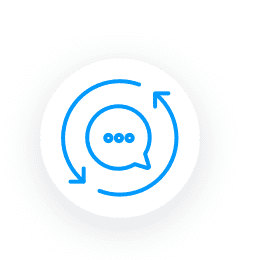
Get a First-Hand Experience Today!
Staffino is the perfect tool for creating engaging surveys, tracking performance, responding to customer feedback, and rewarding top employees. Get started today with our FREE demo!
